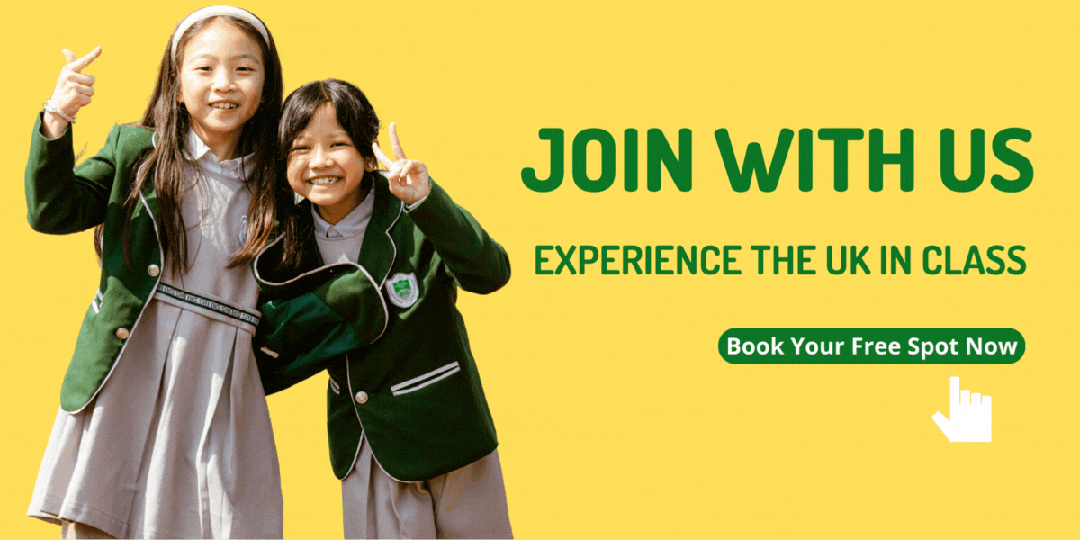This week's edition of the BIS Campus newsletter brings you fascinating insights from our teachers: Rahma from the EYFS Reception B Class, Yaseen from Year 4 in the Primary School, Dickson, our STEAM teacher, and Nancy, the passionate Art teacher. At BIS Campus, we have always been committed to delivering innovative classroom content. We place particular emphasis on the design of our STEAM (Science, Technology, Engineering, Arts, and Mathematics) and Art courses, firmly believing in their pivotal role in fostering students' creativity, imagination, and comprehensive skills. In this issue, we'll showcase the content from these two classrooms. Thank you for your interest and support.
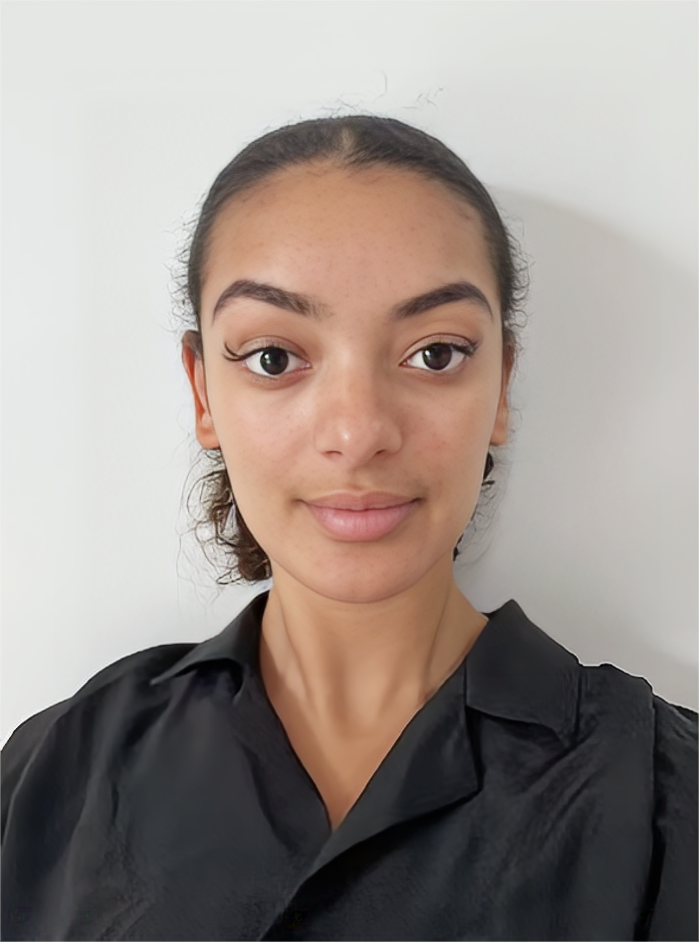
From
Rahma AI-Lamki
EYFS Homeroom Teacher
This month Reception Class have been working on their new topic 'Colours of the rainbow' as well as learning and celebrating all of our difference.
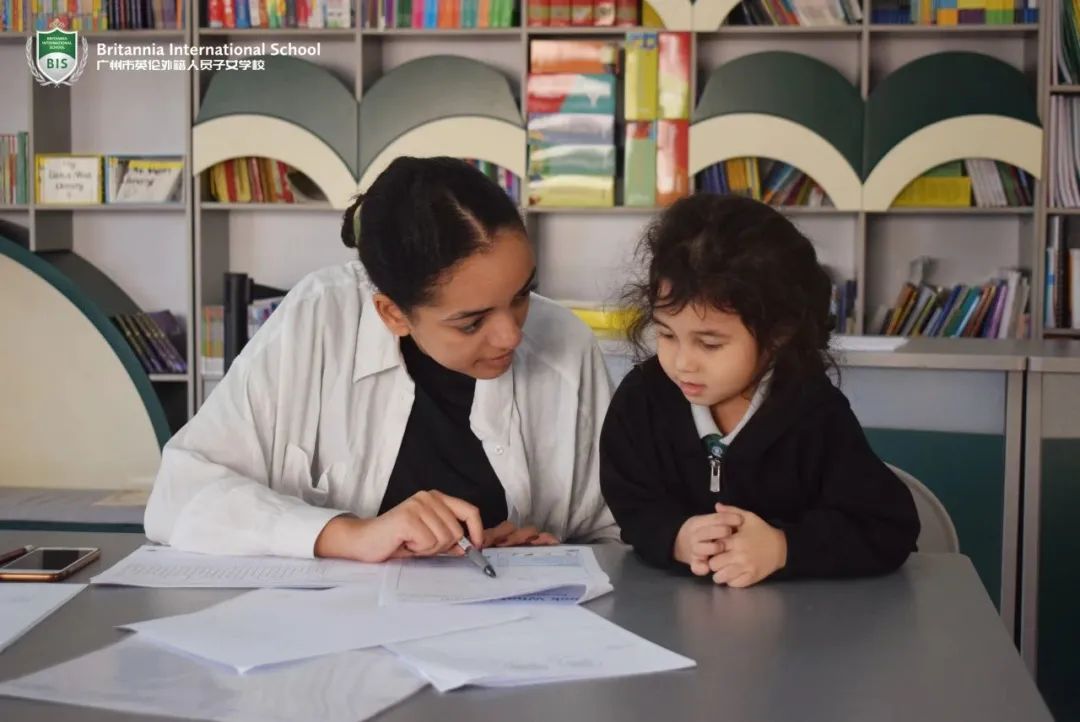
We looked into all our different features and skills, from hair colour to dance moves. We discussed how important it is to celebrate and love all our differences.
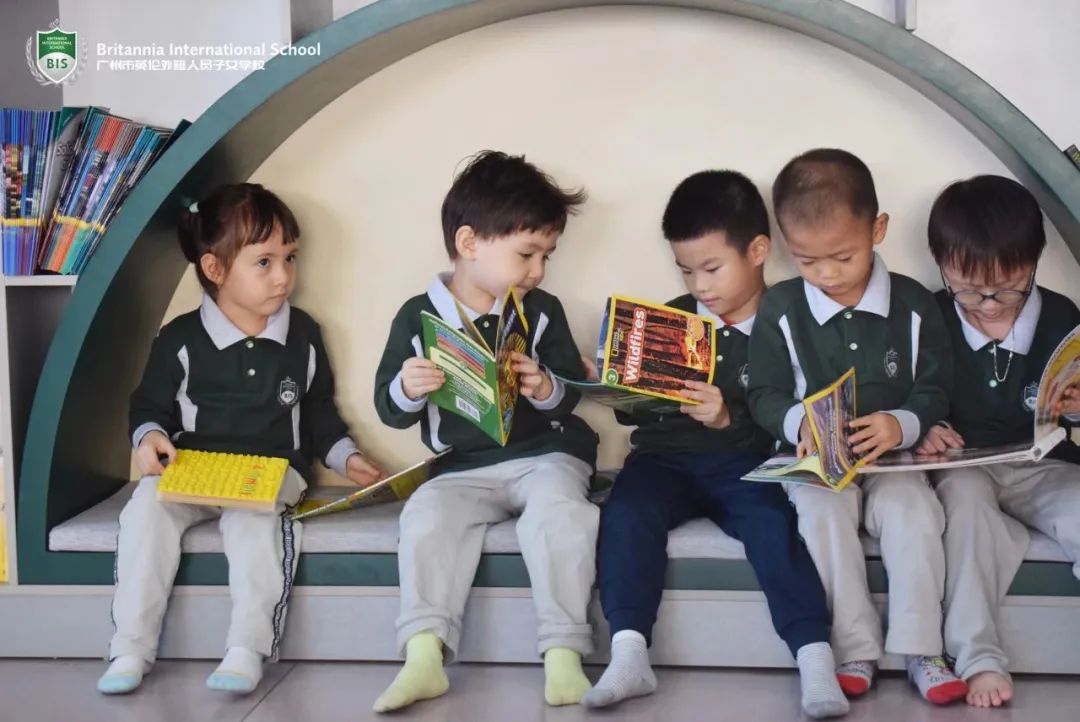
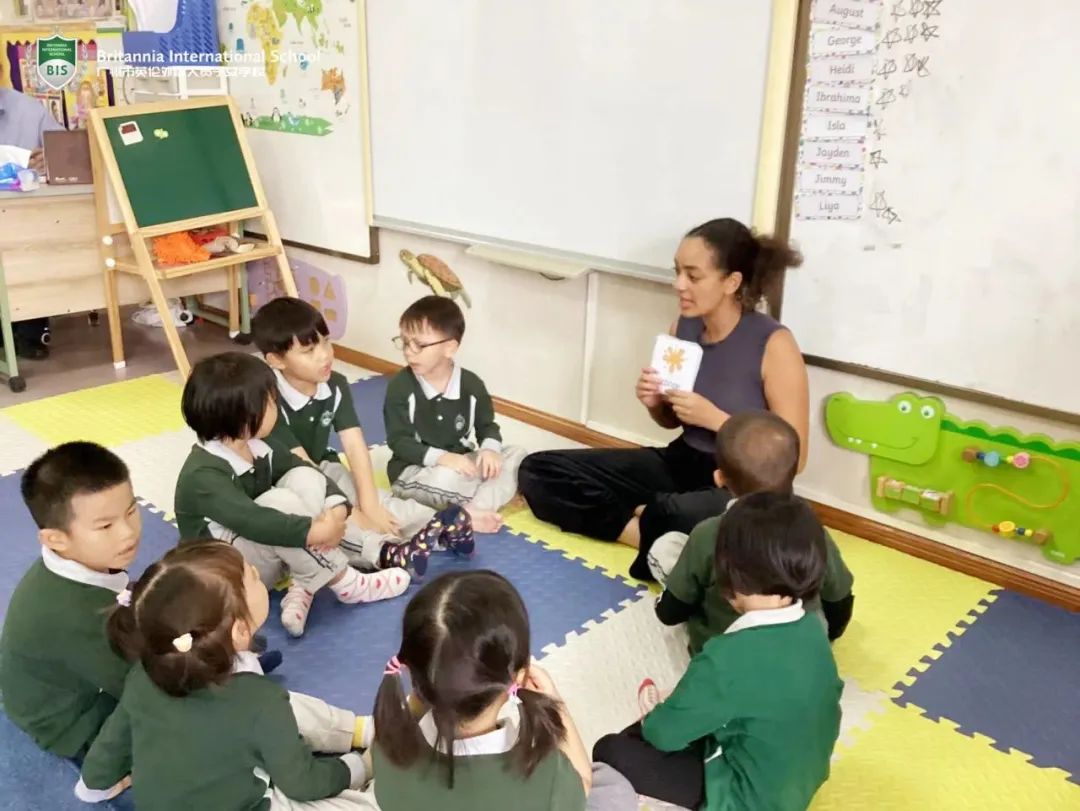
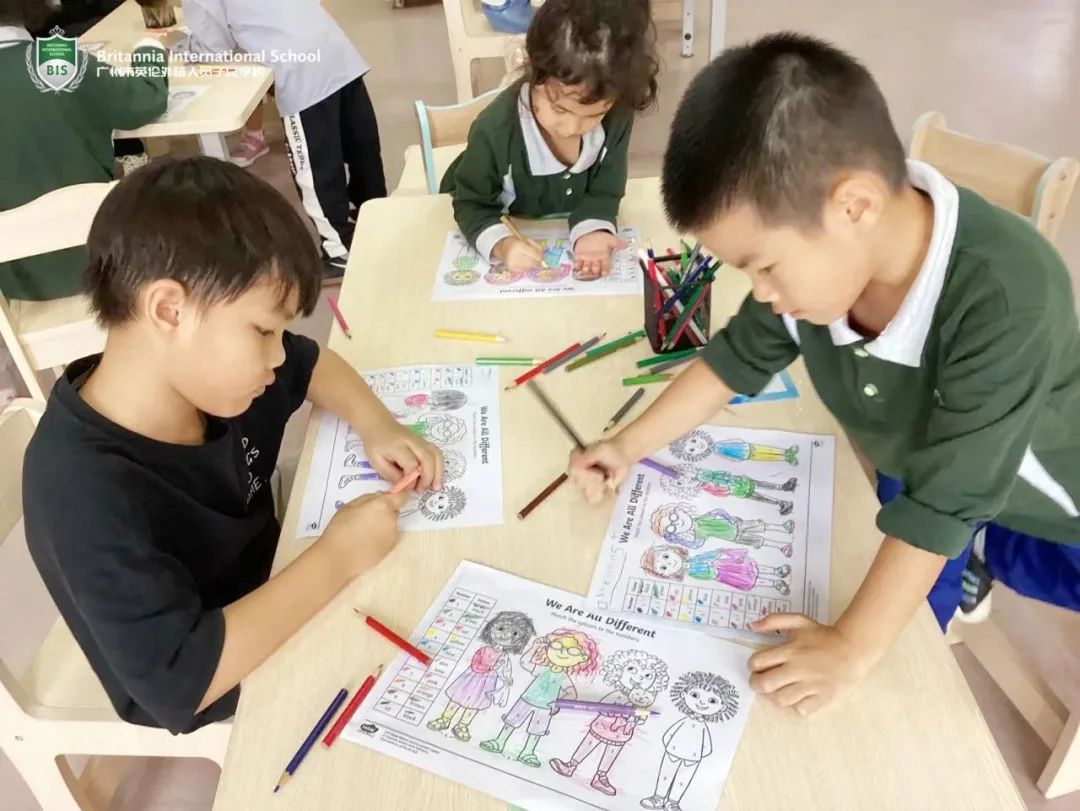
We created our own class display to show how much we value eachother. We will continue to explore how unique we are this month as we create self portraits and look at different artists and their perspective on the world.
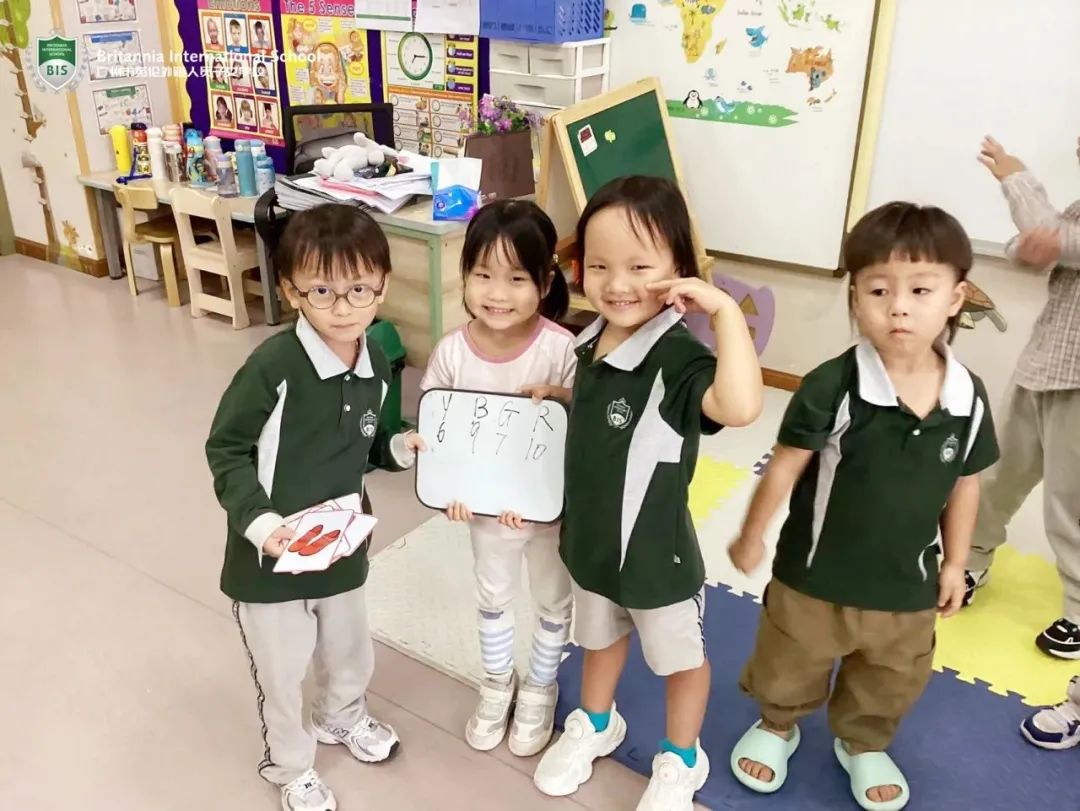
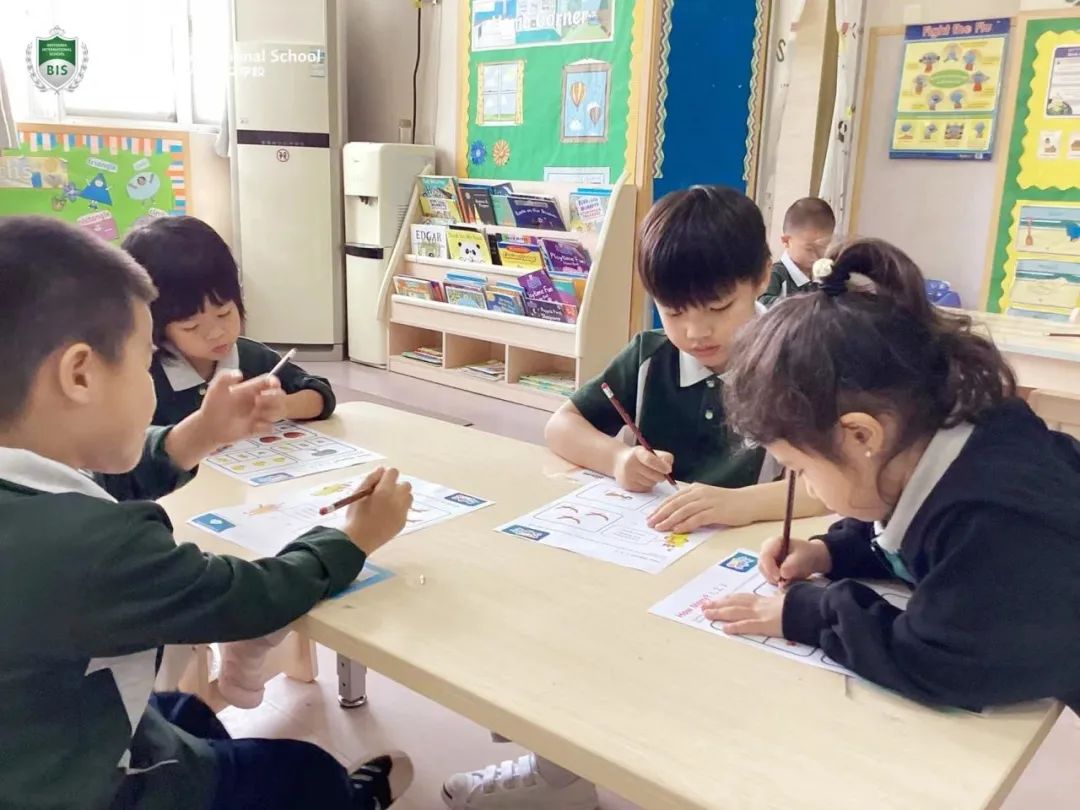
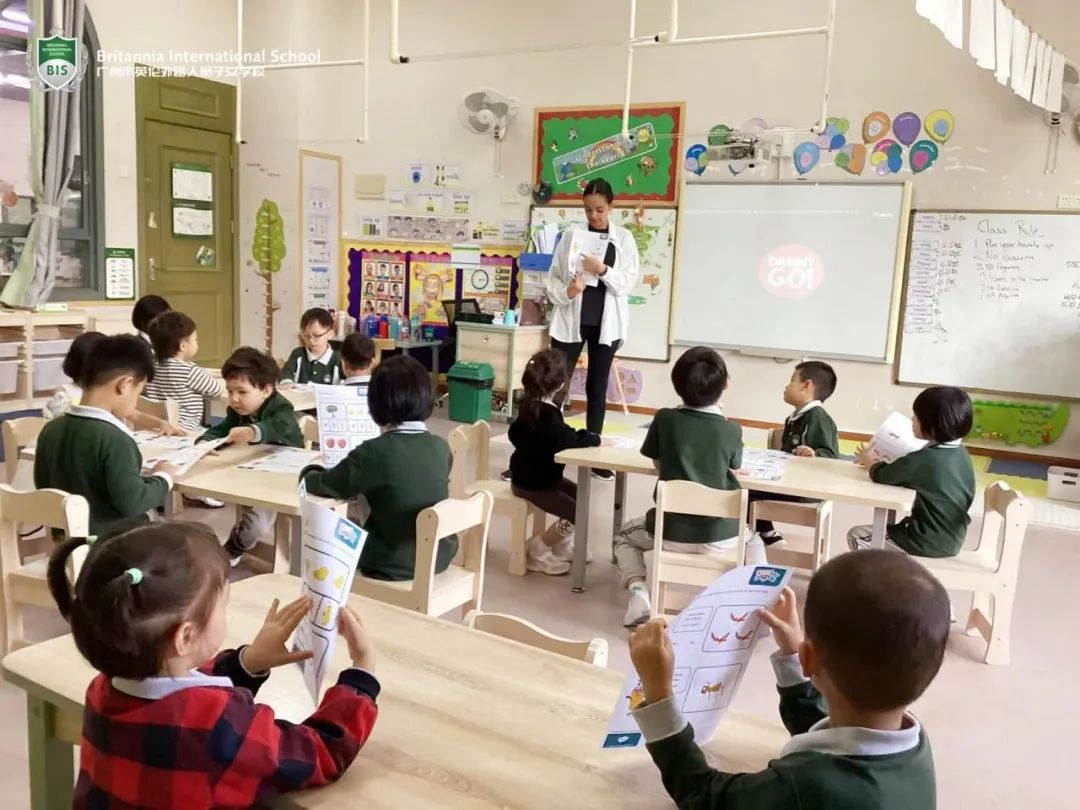
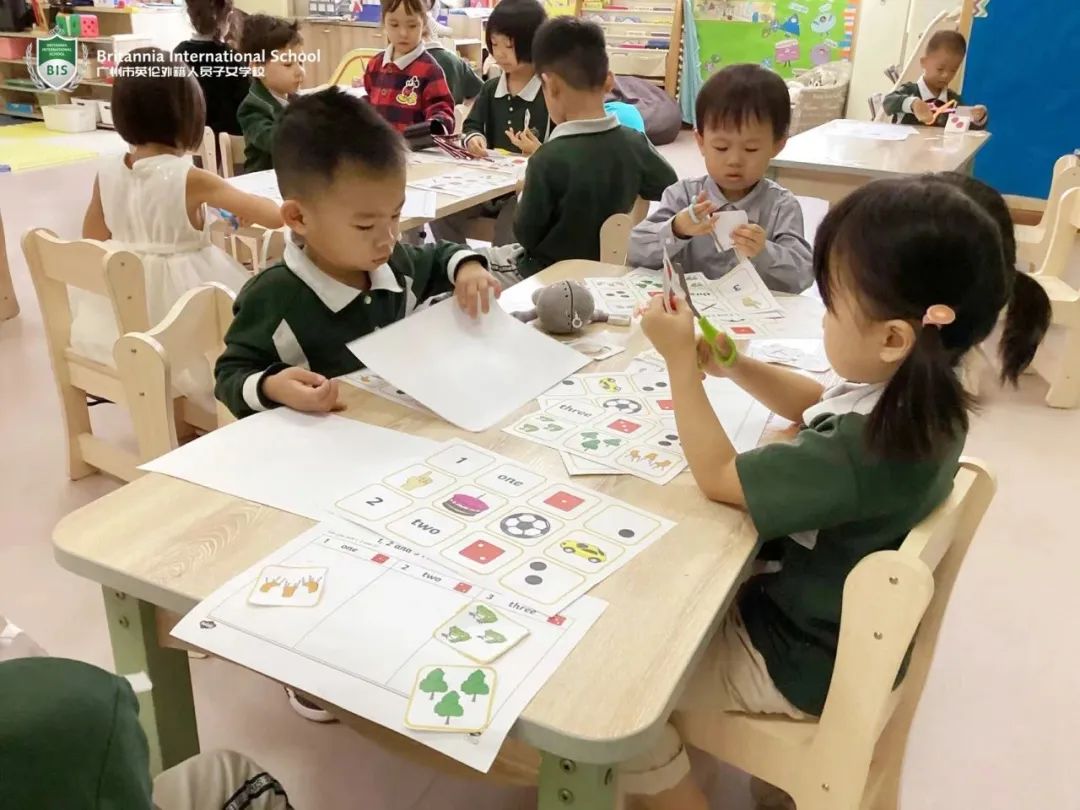
We spent our English lessons going over the primary colours and wll continue to develop our work by mixing colour mediums to create different colours. We were able to intergrate maths into our English lessons this week with a colouring in worksheet where students recognised the colours linked to each number to help them draw a beautiful picture. Within our Maths this month we will move our focus on recognising patterns and creating our own using blocks and toys.
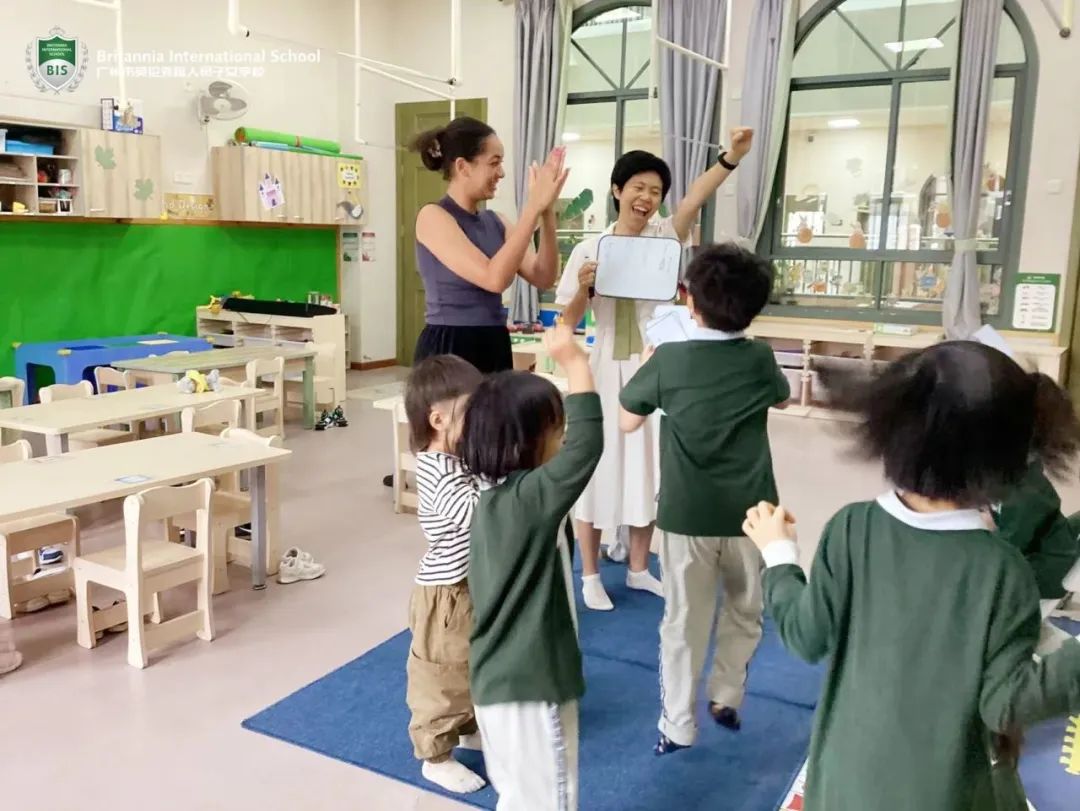
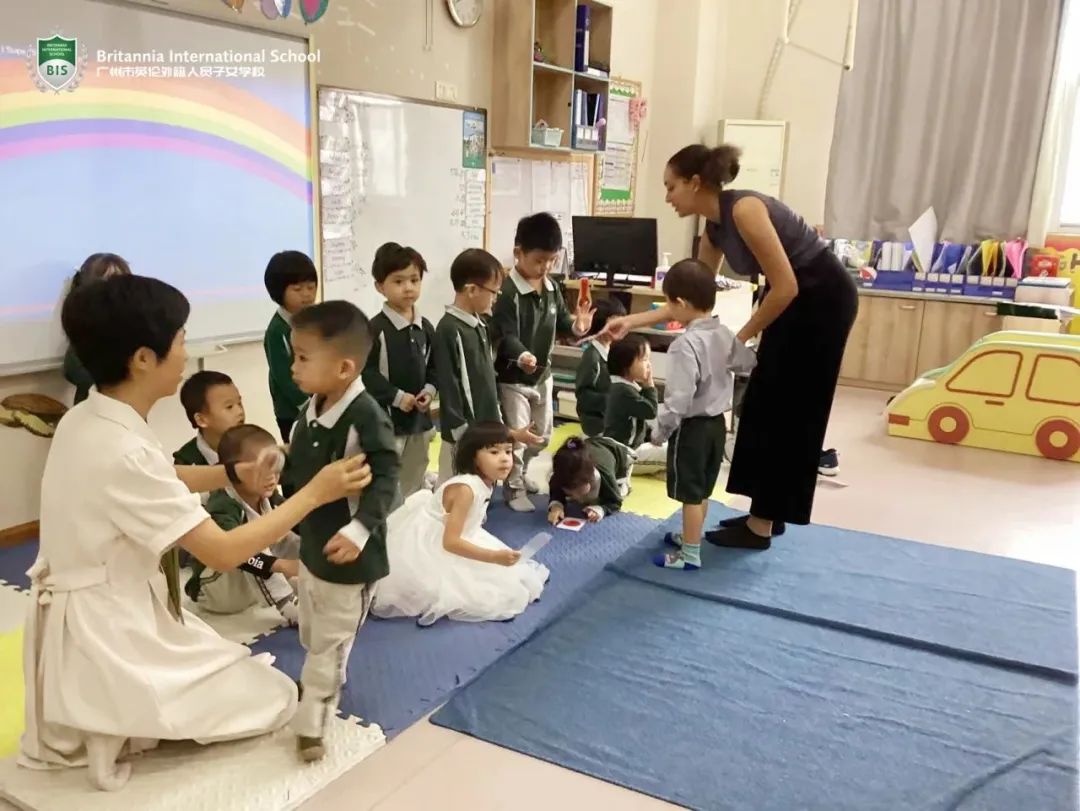
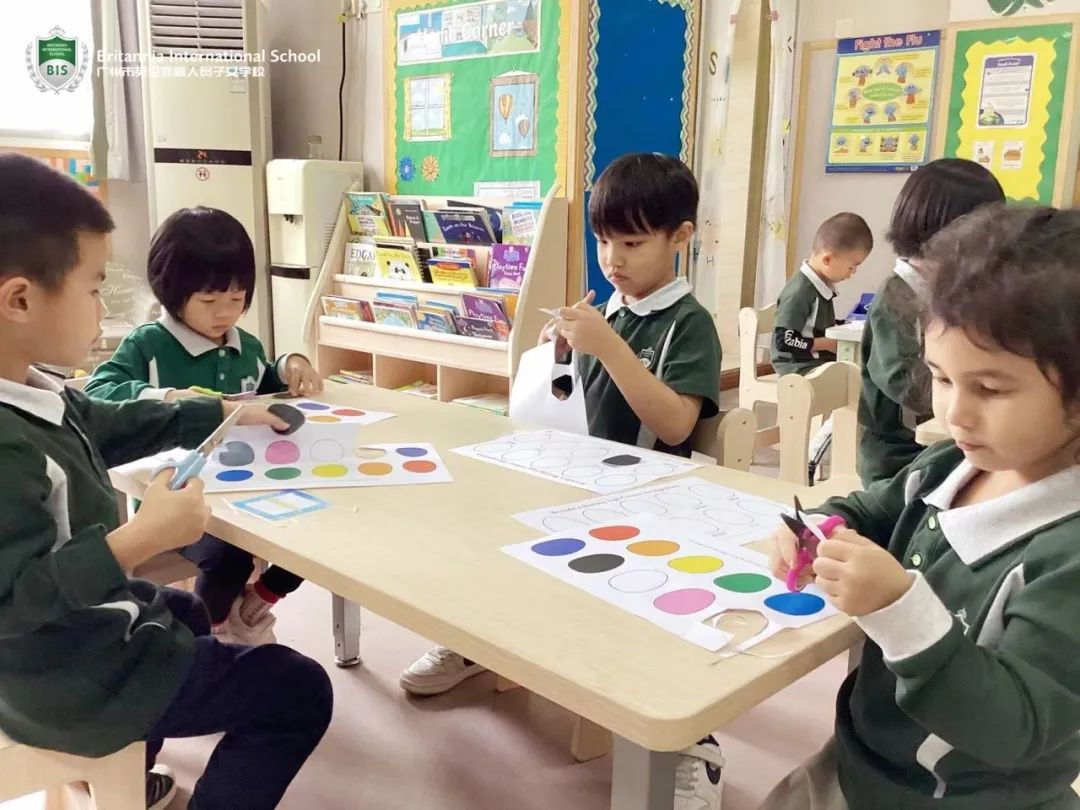
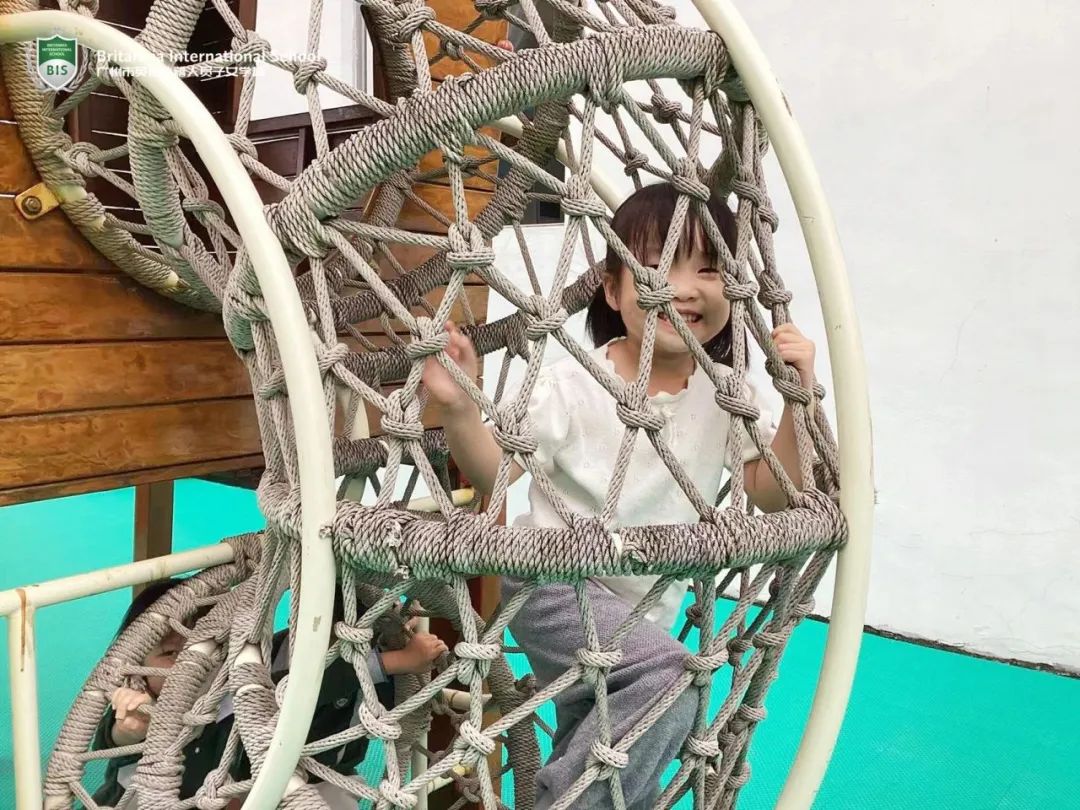
We use our library to look at all the wonderful books and stories. With the use of RAZ Kids students are becoming more and more confident with their reading skills and are able to recognise key words.
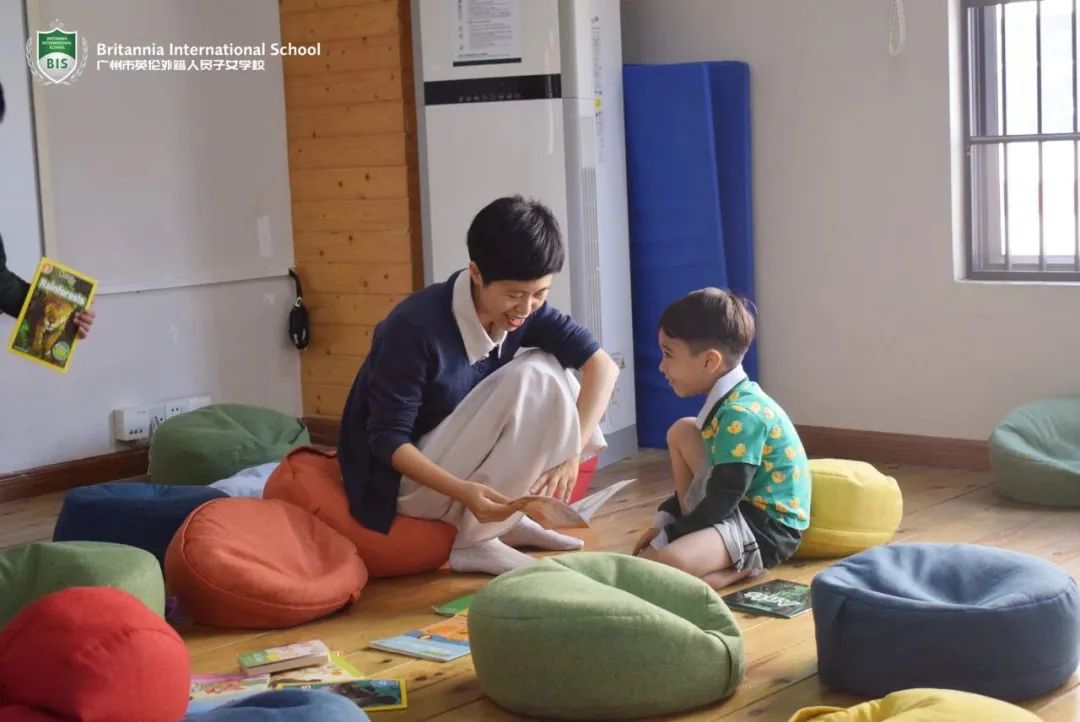
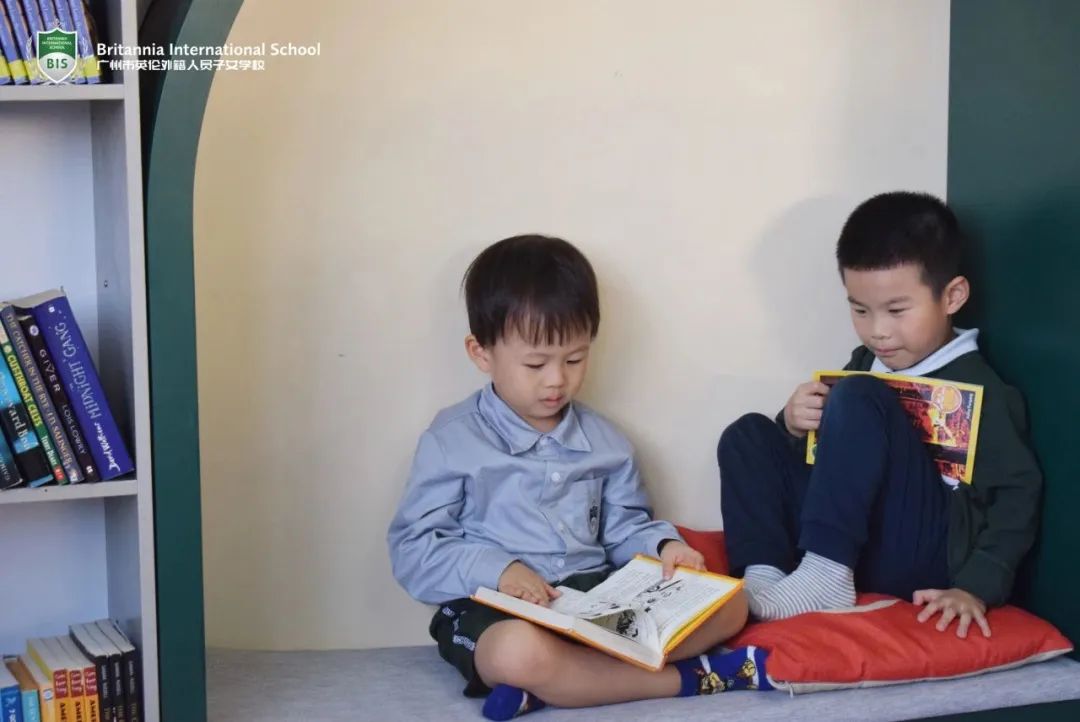
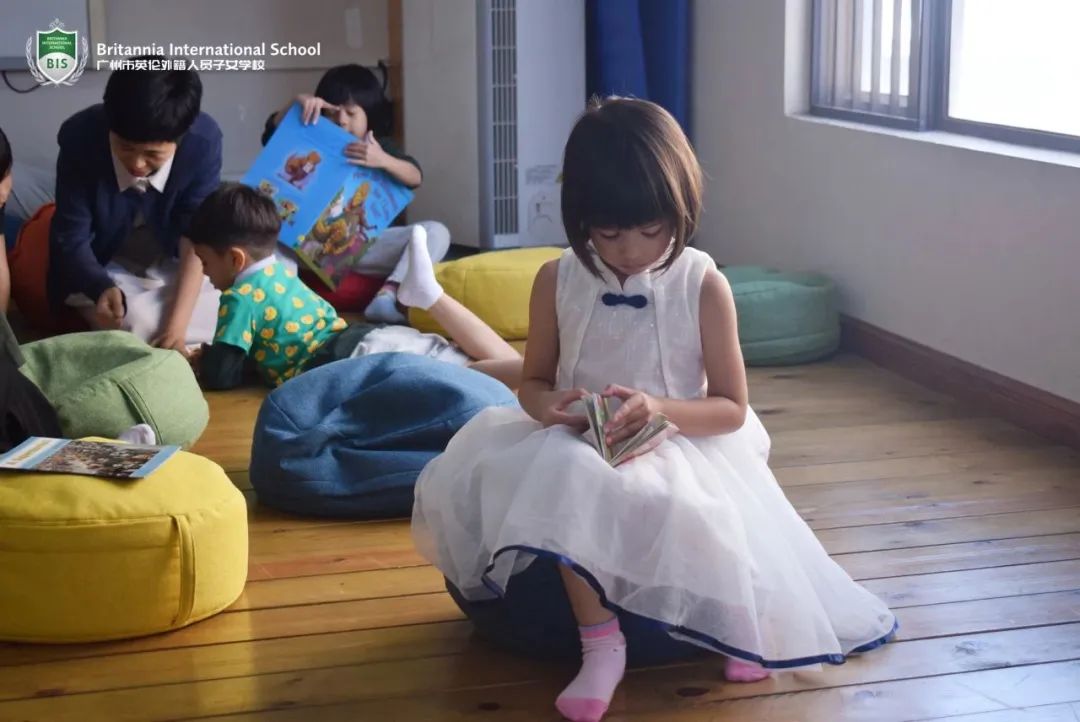

From
Yaseen Ismail
Primary School Homeroom Teacher
The new semester has brought with it many challenges, which I like to think of as opportunities for growth. The students of Year 4 have exhibited a newfound sense of maturity, which has extended into a level of independence, even I did not expect. Thei classroom behaviour is so impressive, as their attentiveness does not wane throughout the day, no matter the form of content.
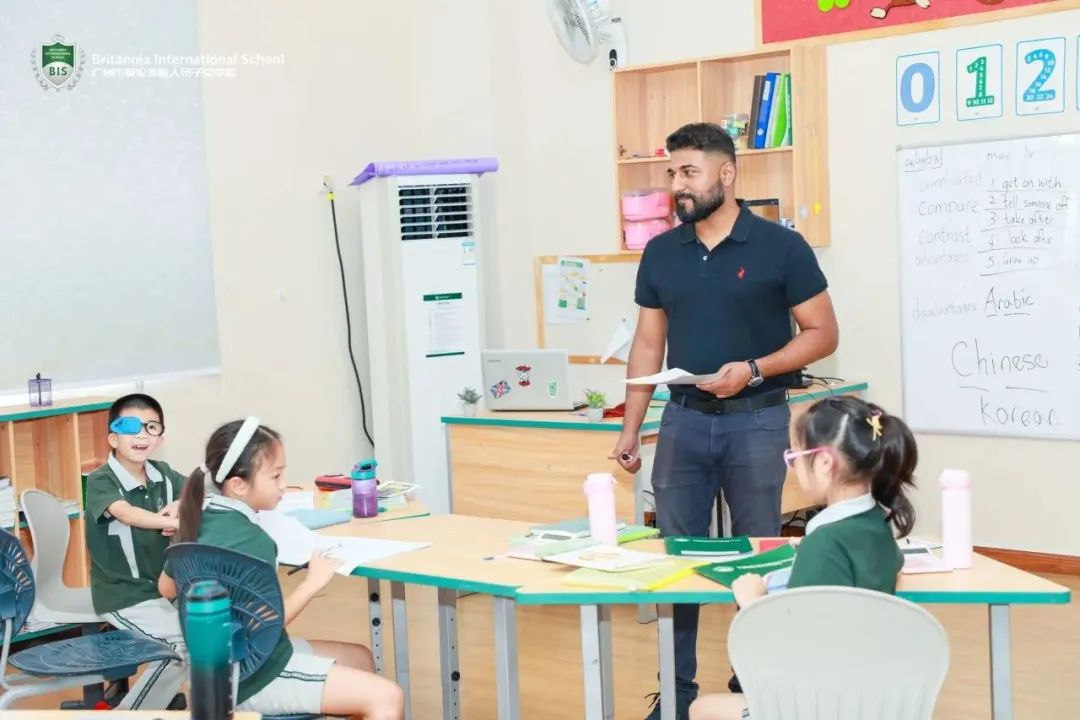
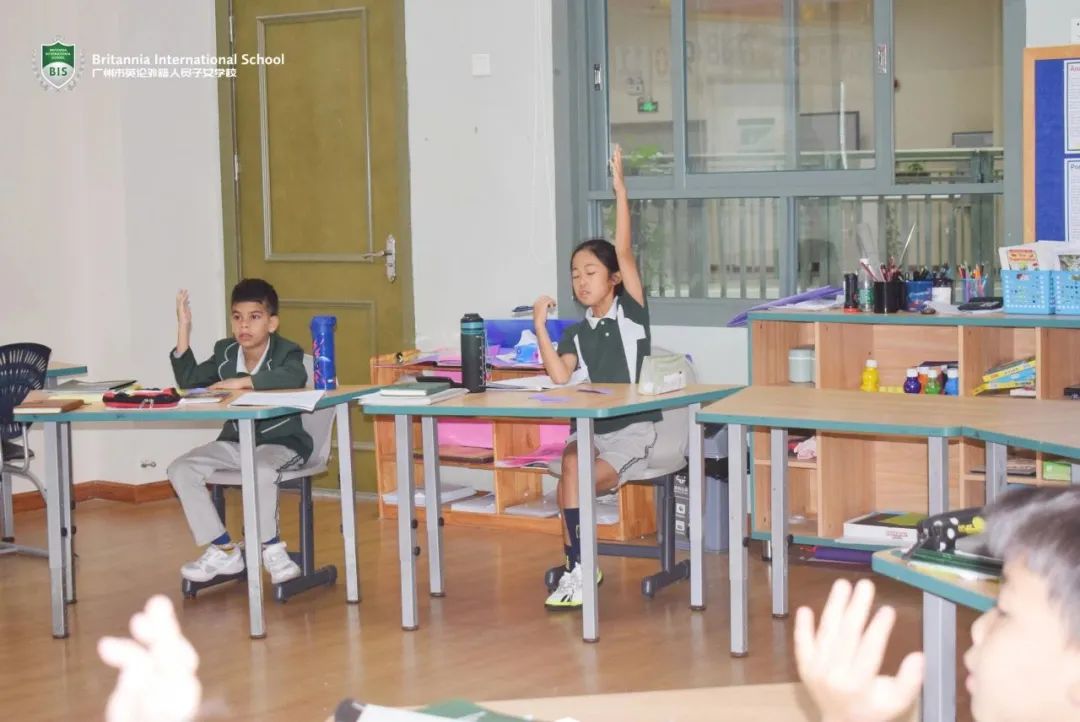
Their constant thirst for knowledge and active engagement, keeps me on my feet throughout the day. There is no time for complacency in our class. Self-discipline, as well as constructive peer correction, has assisted with the class moving in the same direction. While some students excel at a rate faster than others, I’ve taught them the importance of looking after their colleagues, as well. They are striving for whole class improvement, which is try a beautiful thing to see.
I am trying to tie in every subject taught, by incorporating vocabulary learned in English, into the other core subjects, which has further emphasised the importance of being comfortable with the language. This will aid them in understanding the phrasing of questions in future Cambridge assessments. You cannot apply your knowledge, if you do not understand the question. I am aiming to bridge that gap.
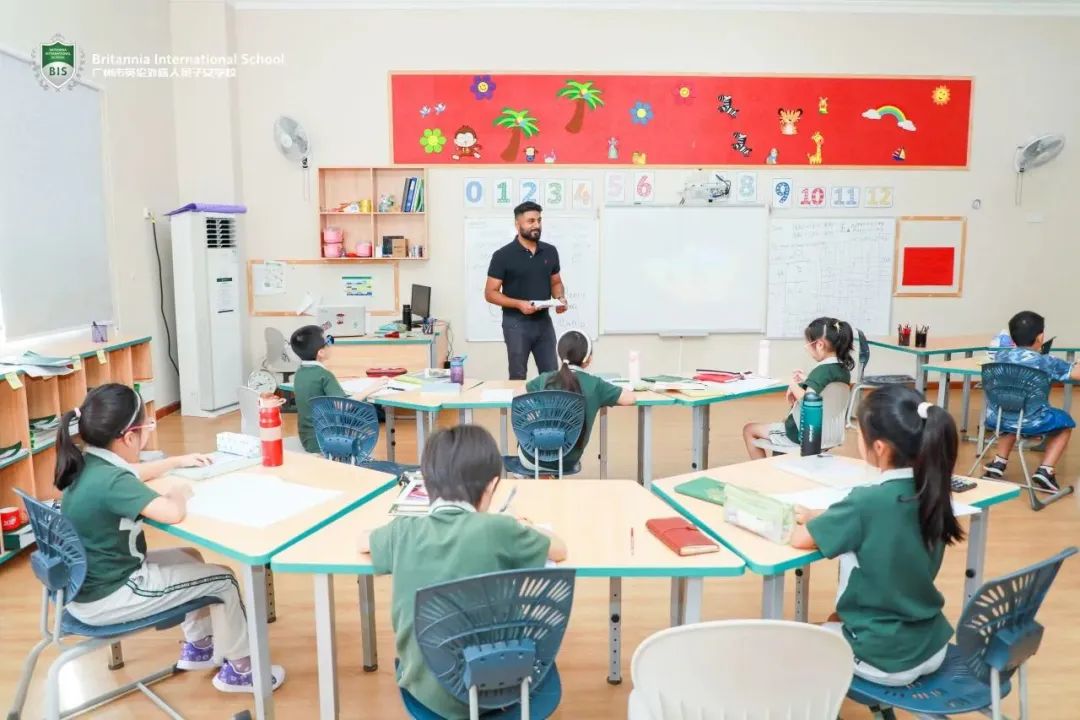
Homework as a form of self-assessment, use to be seen as an unwanted chore, to some. I am now being asked ‘Mr Yaz, where is the homework for today?’…or ‘can this word be put into our next spelling test?’. Things you never thought you’d never hear in a classroom.
Thank you!

From
Dickson Ng
Secondary Physics & STEAM Teacher
This week in STEAM, year 3-6 students started working on a new project. Inspired by the movie “Titanic”, the project is a challenge that requires students to think about what causes a ship to sink and how to make sure it floats.
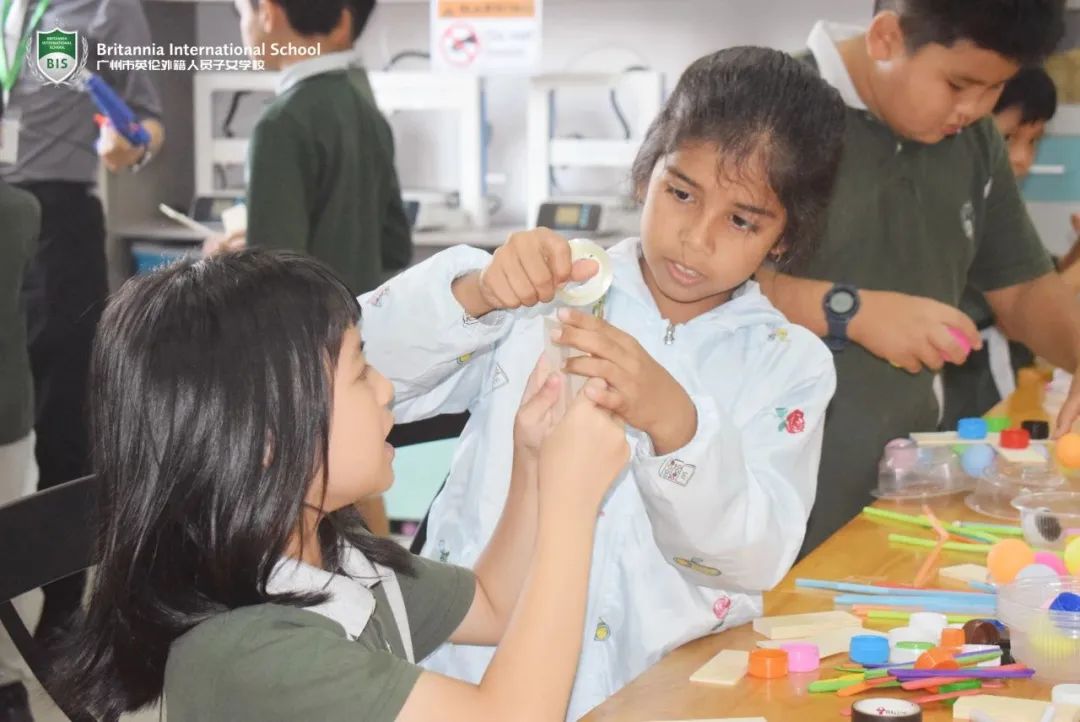
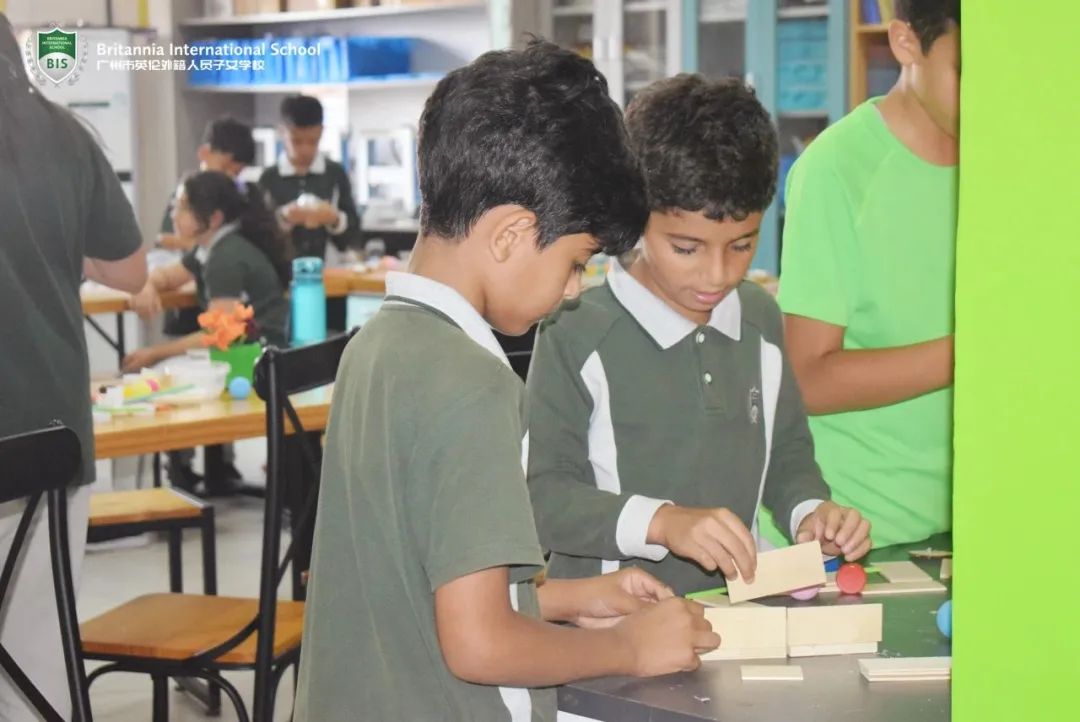
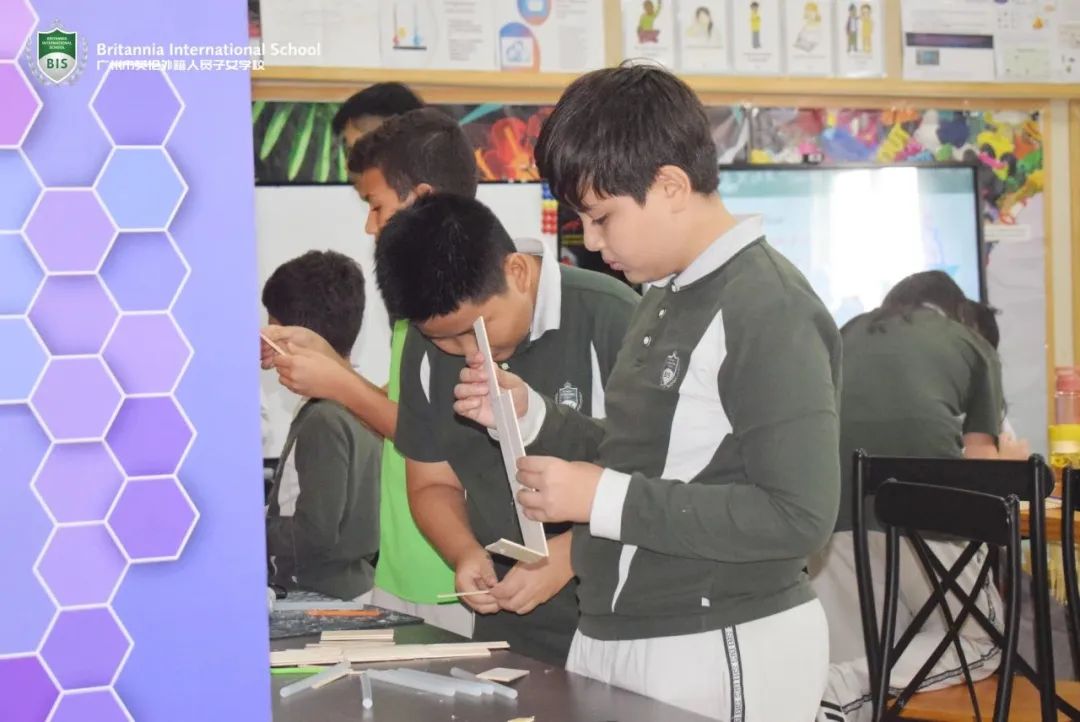
They were divided into groups and provided with materials like plastic and wood of different shapes and sizes. Then, they need to build a ship with a minimum length of 25cm and a maximum length of 30cm.
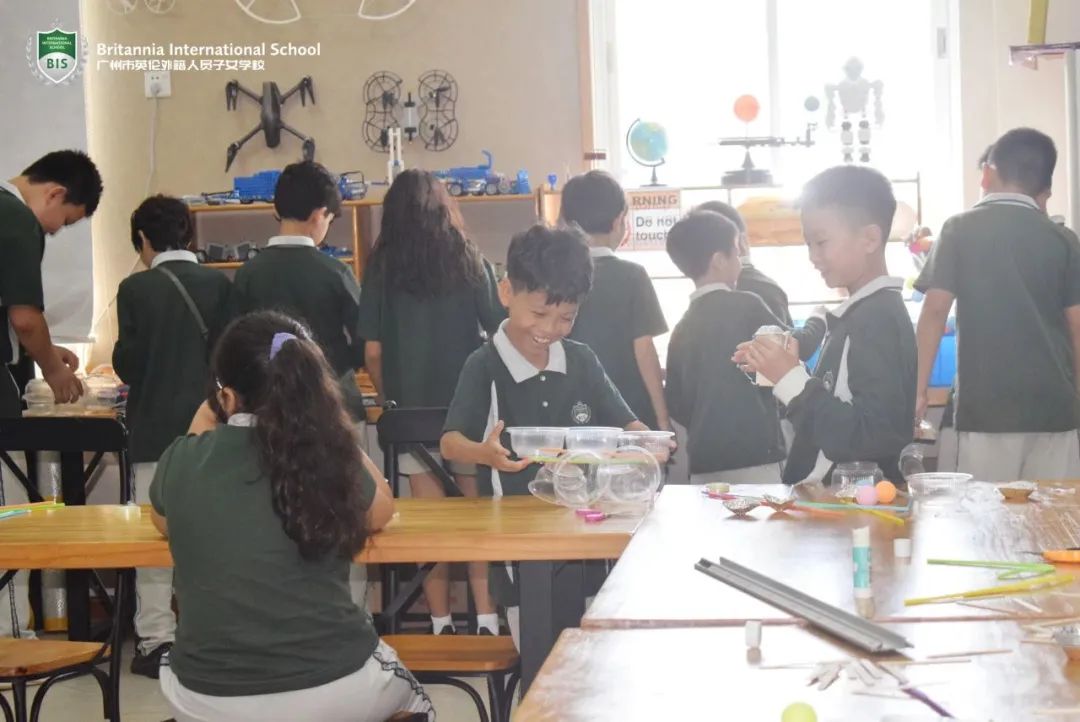
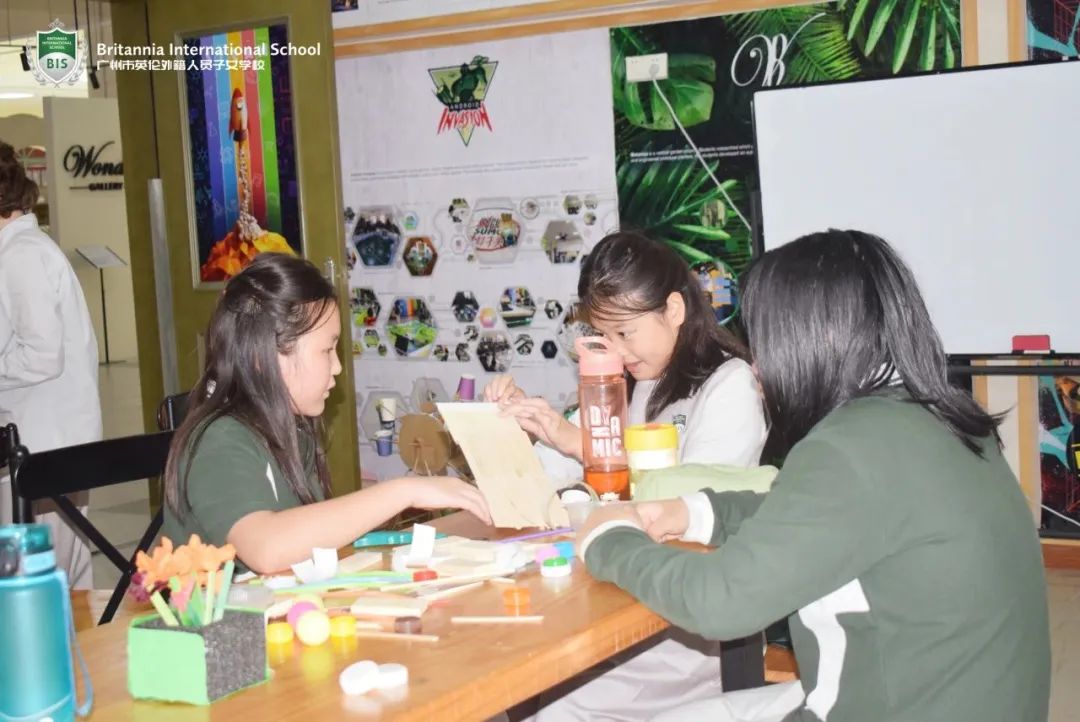
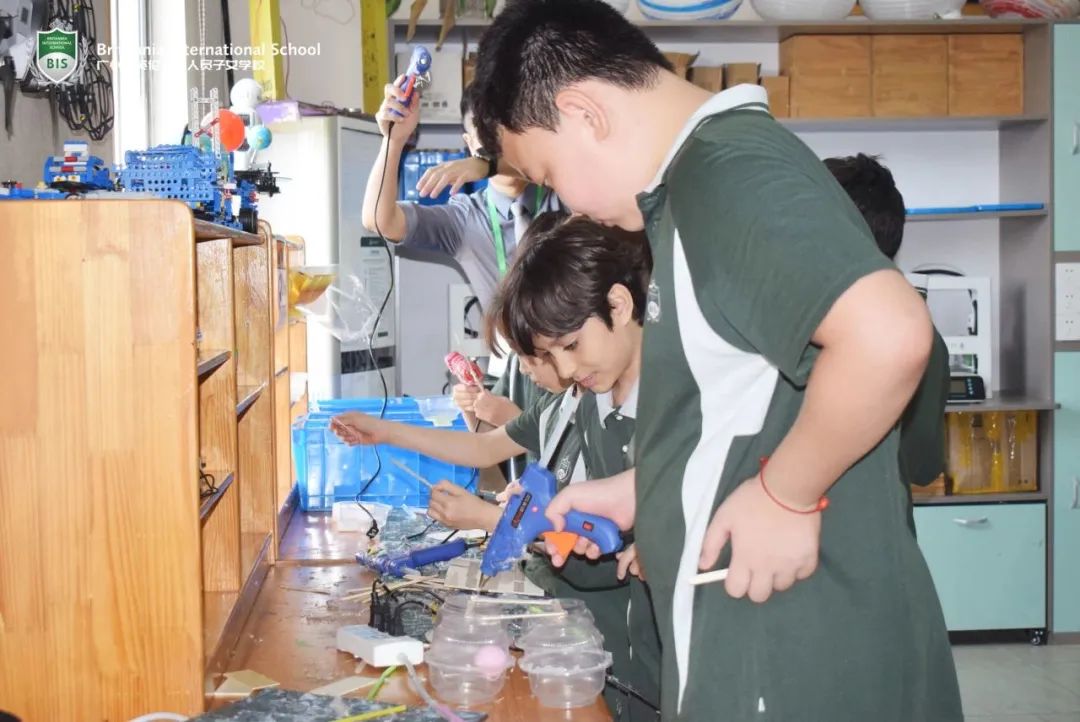
Their ships also need to hold as much weight as possible. At the end of the production stage, there will be a presentation that allows students to explain how they designed the ships. There will also be a competition that allows them to test and evaluate their products.
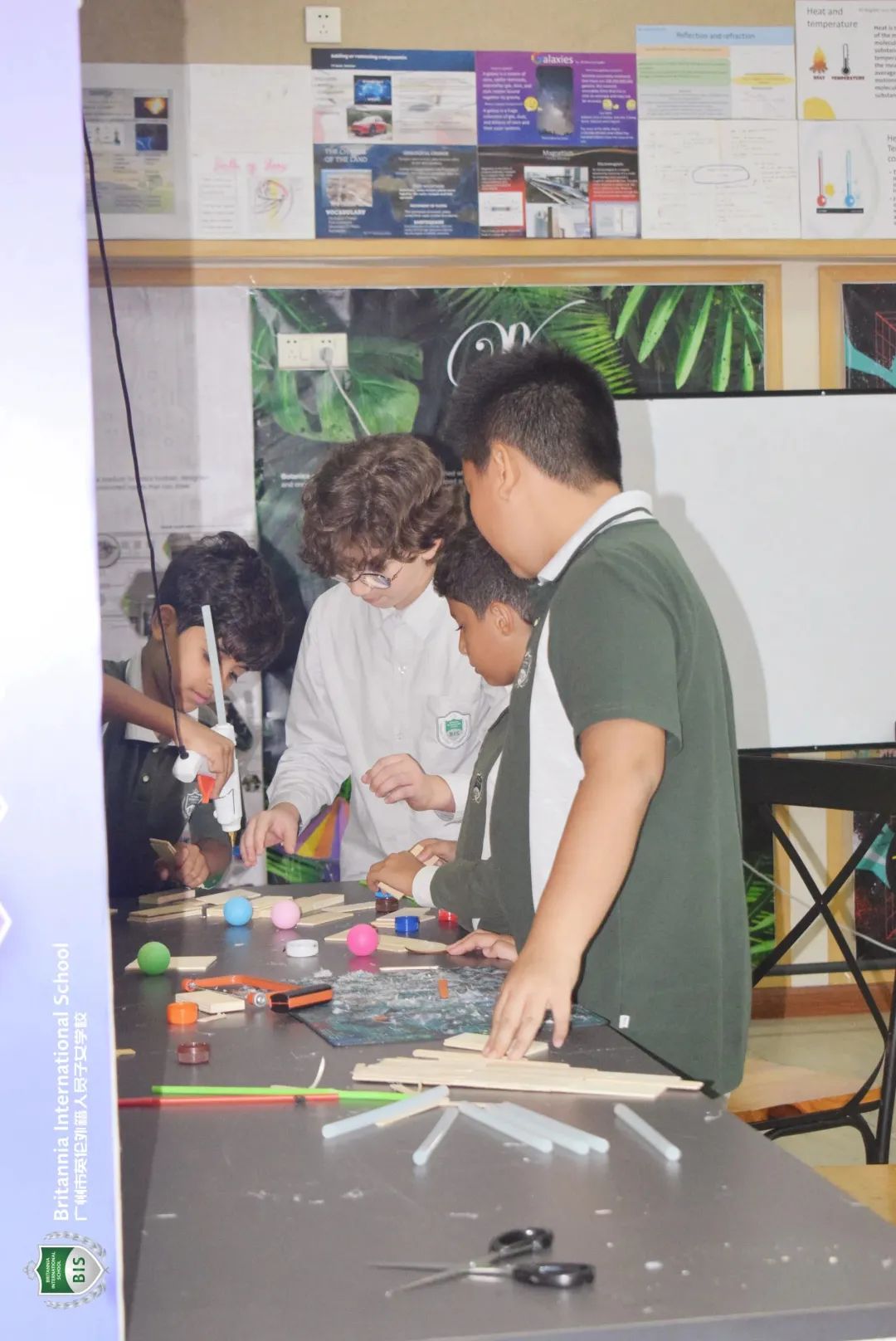
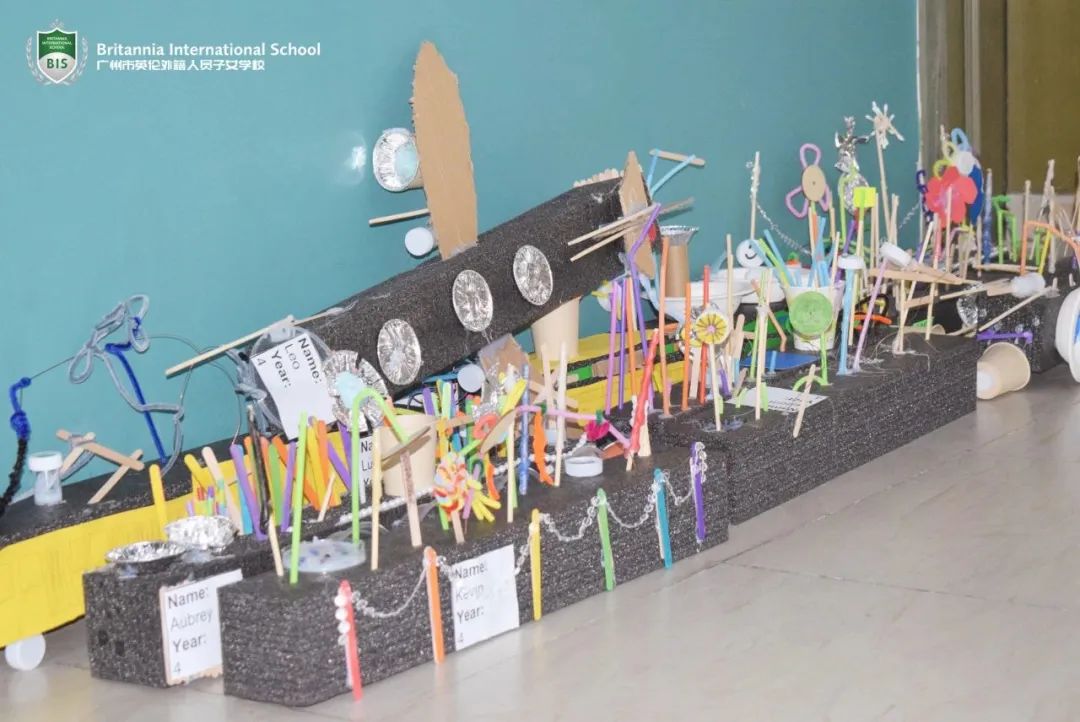
Throughout the project, students will learn about the structure of a simple ship while applying maths knowledge like symmetry and balance. They can also experience the physics of floating and sinking, which relates to objects' density compared to water. We are looking forward to seeing their final products!
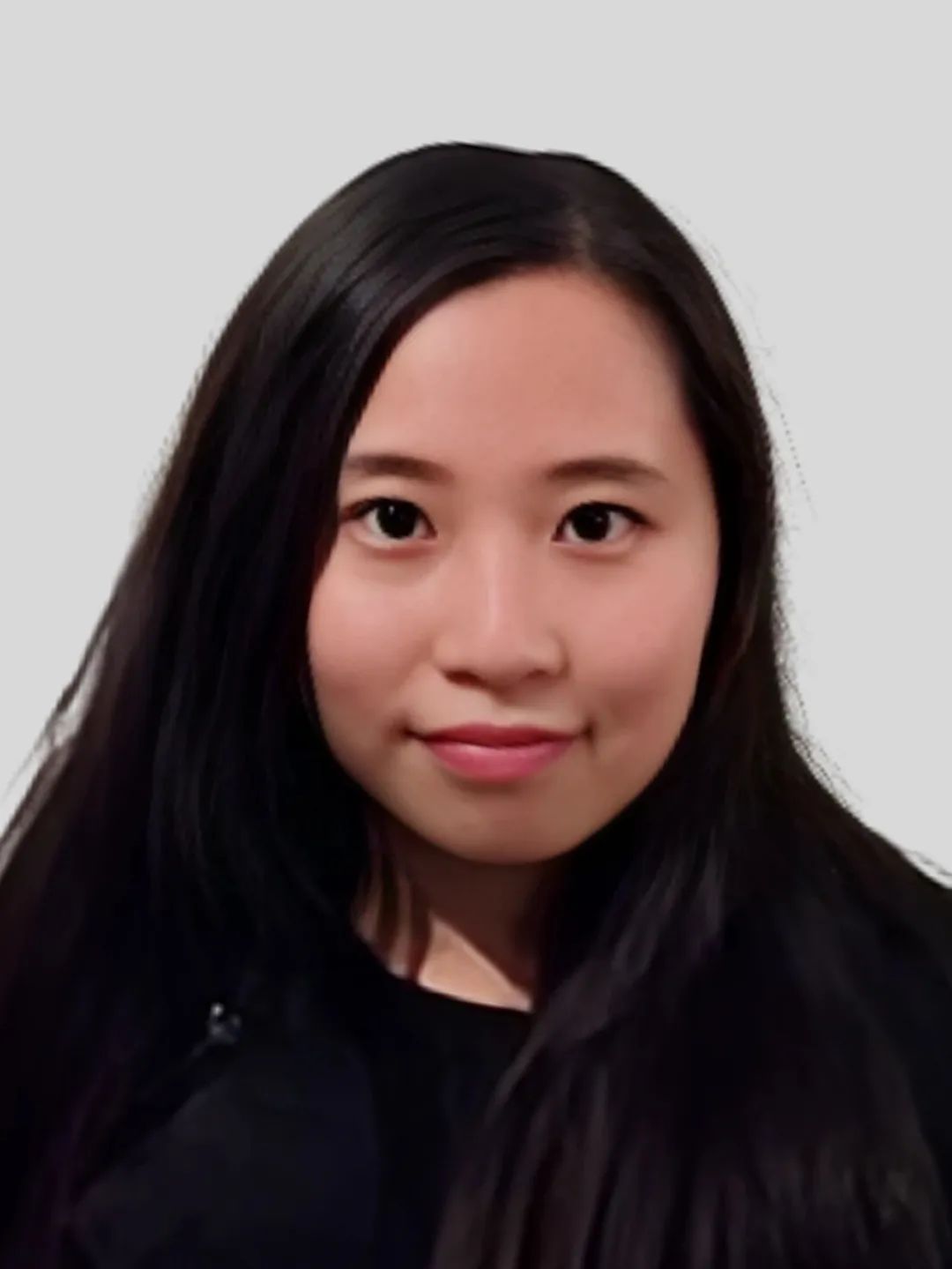
From
Nancy Zhang
Art & Design Teacher
Year 3
This week with the Year 3 students, we are focusing on shape study in art class. Throughout art history, there were lots of famous artists who used simple shapes to create beautiful artworks. Wassily Kandinsky was one of them.
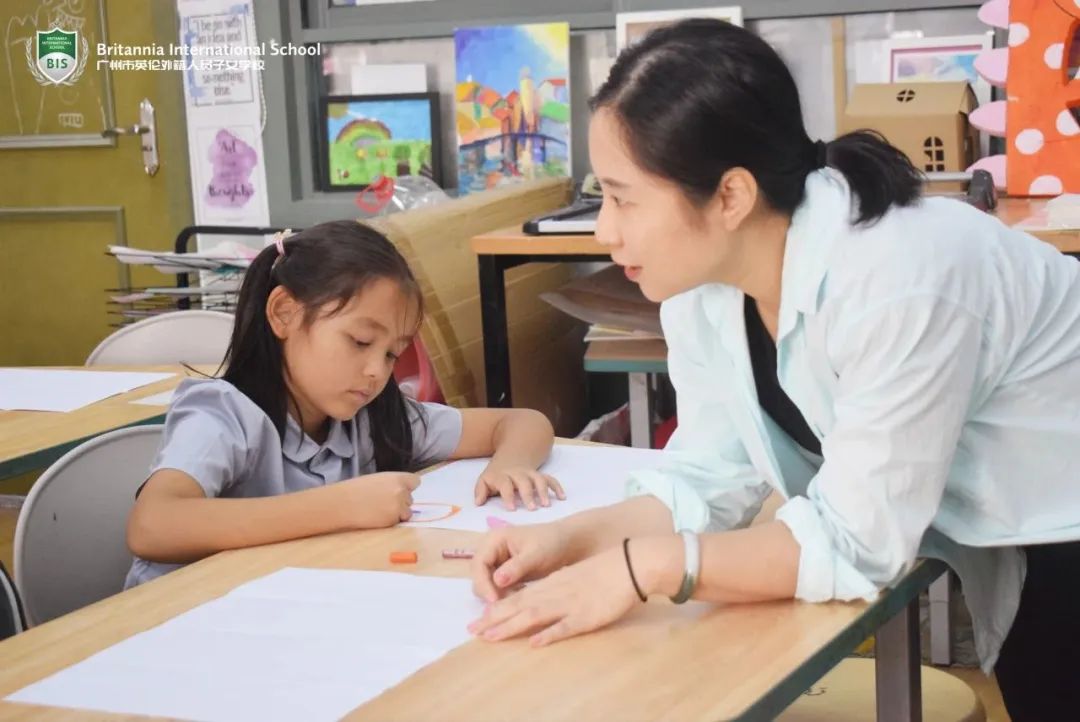
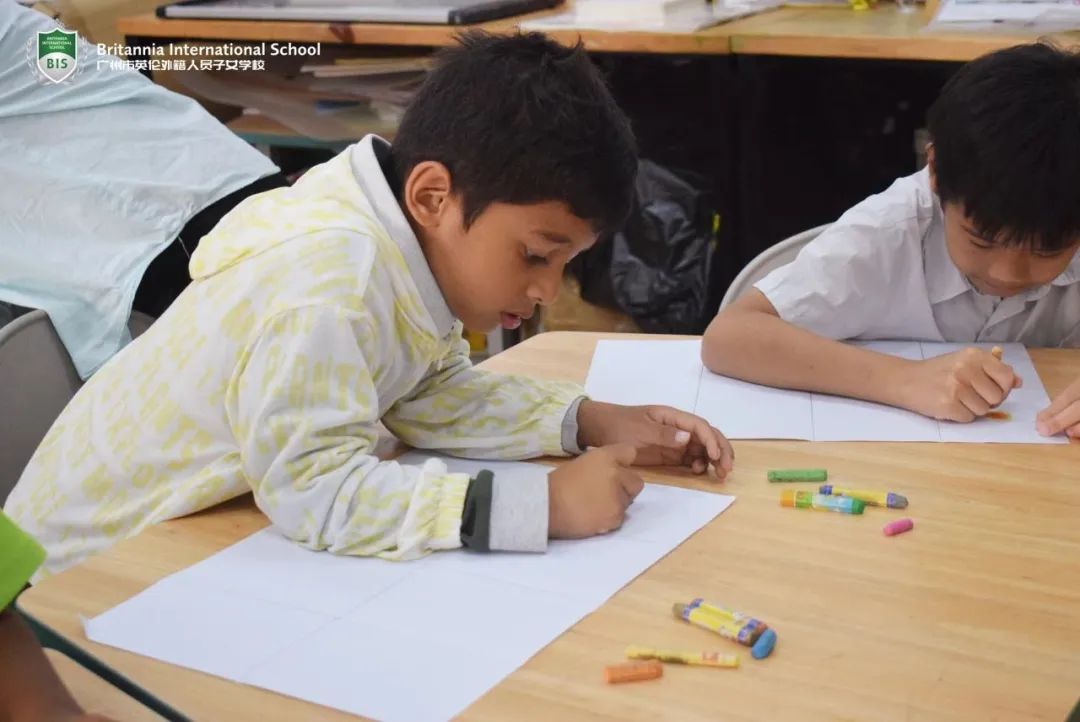
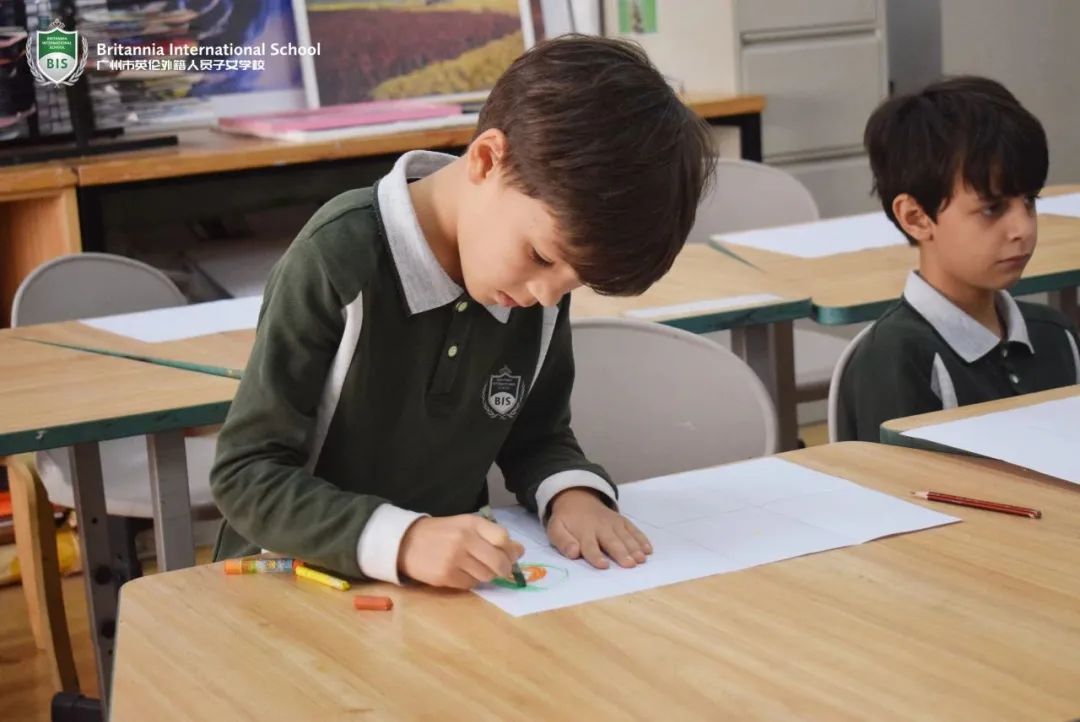
Wassily Kandinsky was a Russian abstract artist. The kids are trying to appreciate the simplicity of abstract painting, learn about the historical background of artist and identify what is abstract painting and realistic painting.
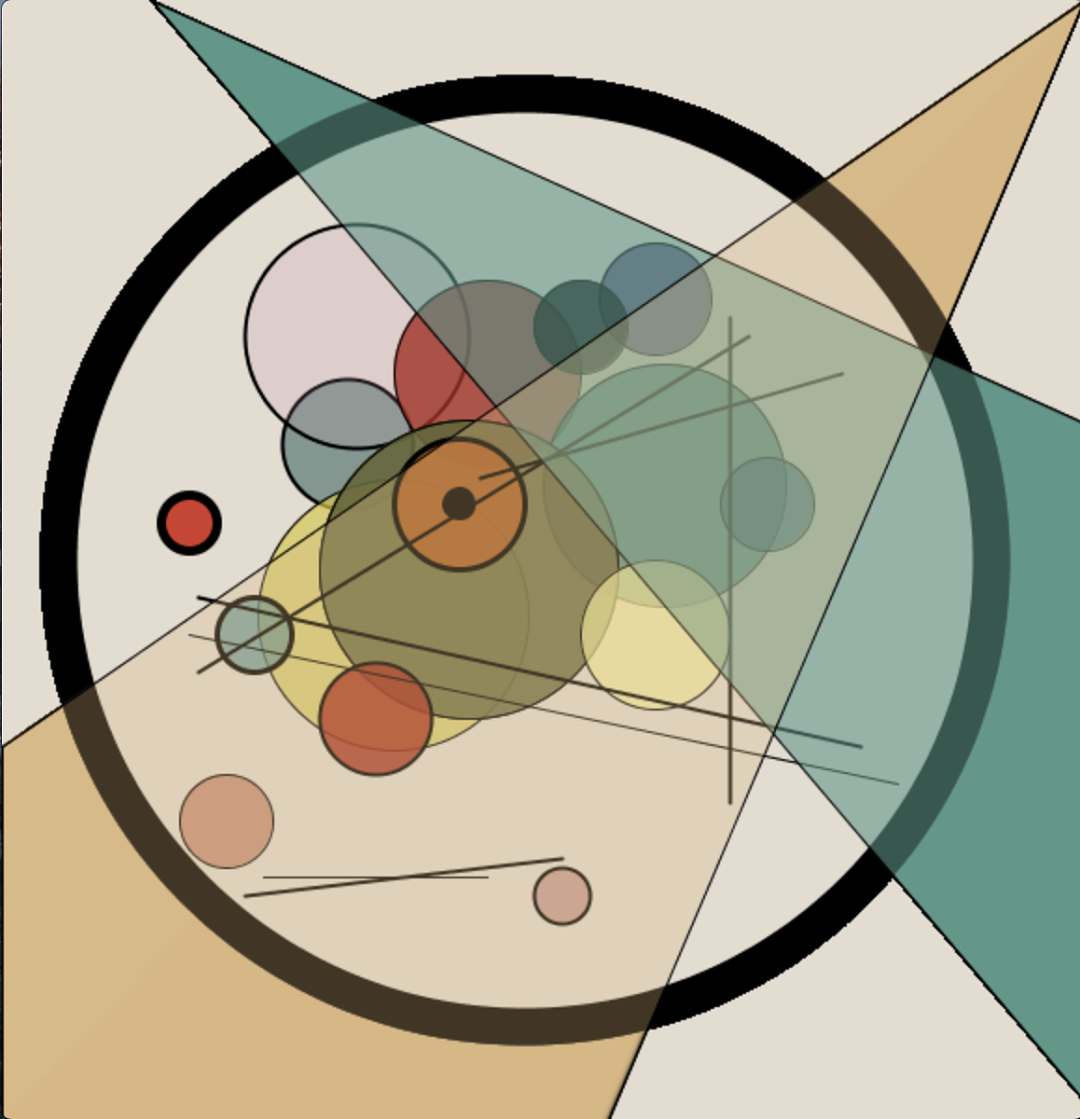
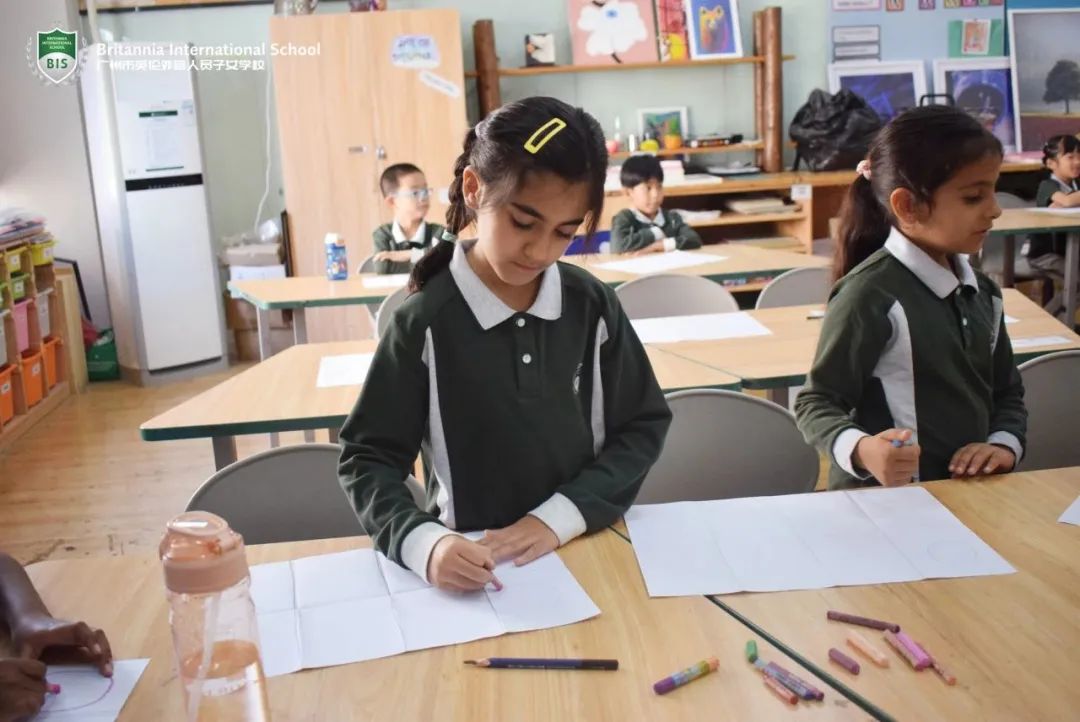
Younger kids are more sensitive about art. During practice, students used the circle shape and started to draw the Kandinsky-style artwork.
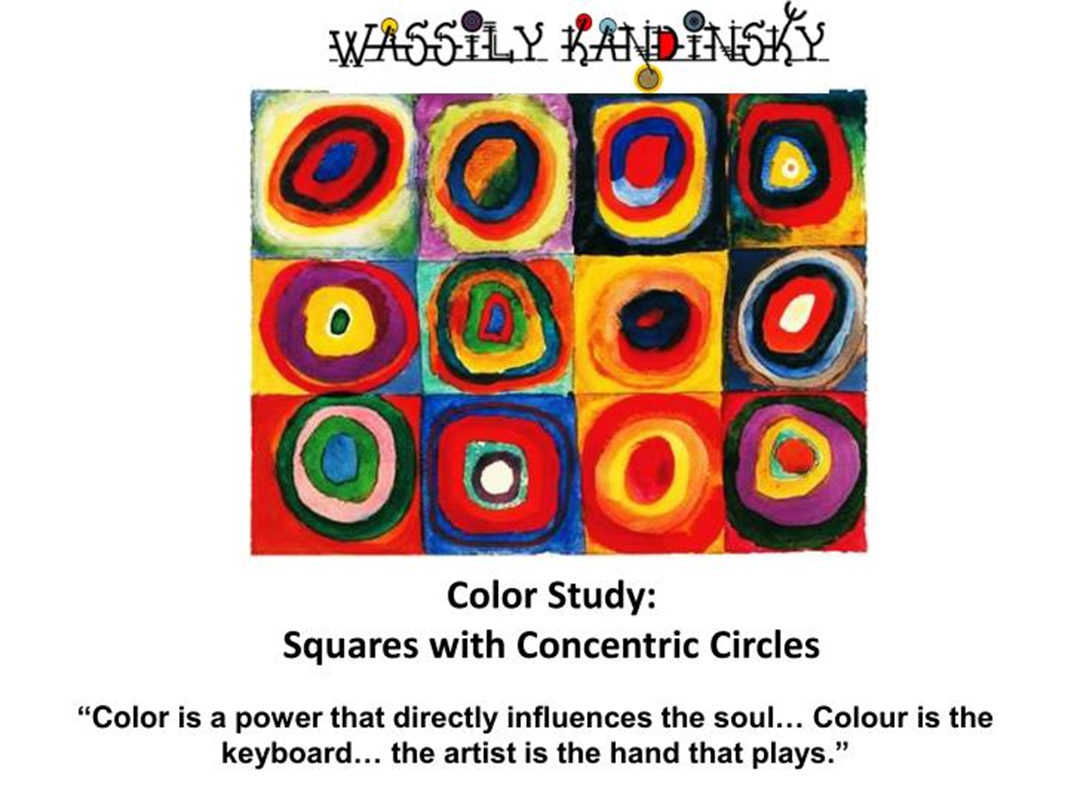
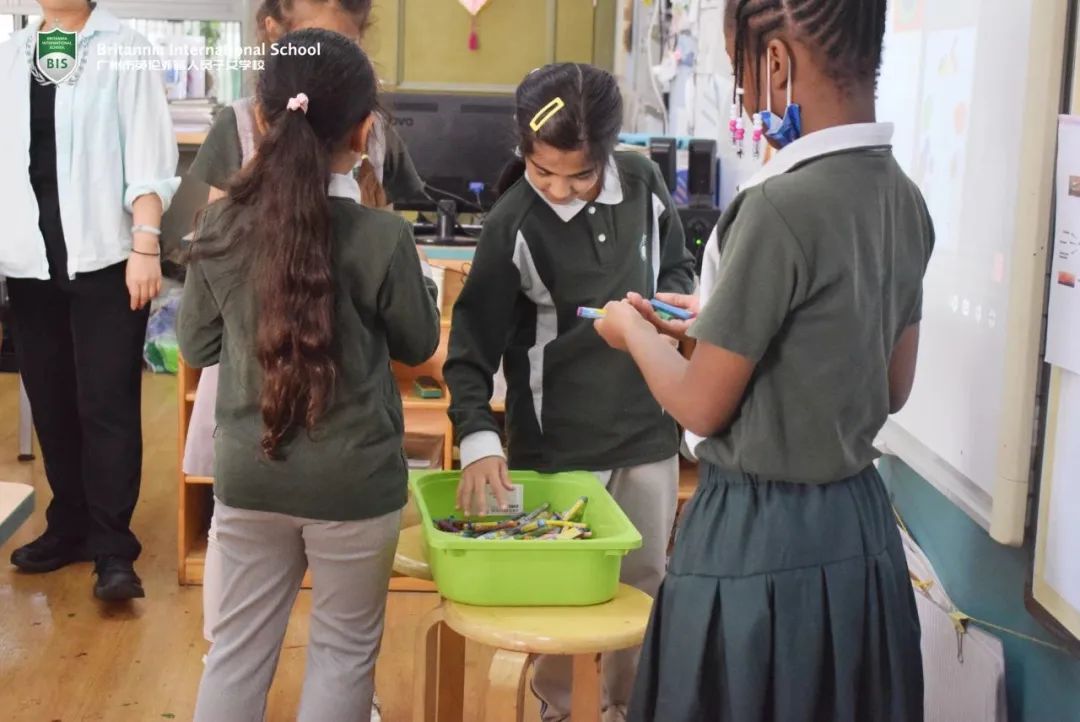
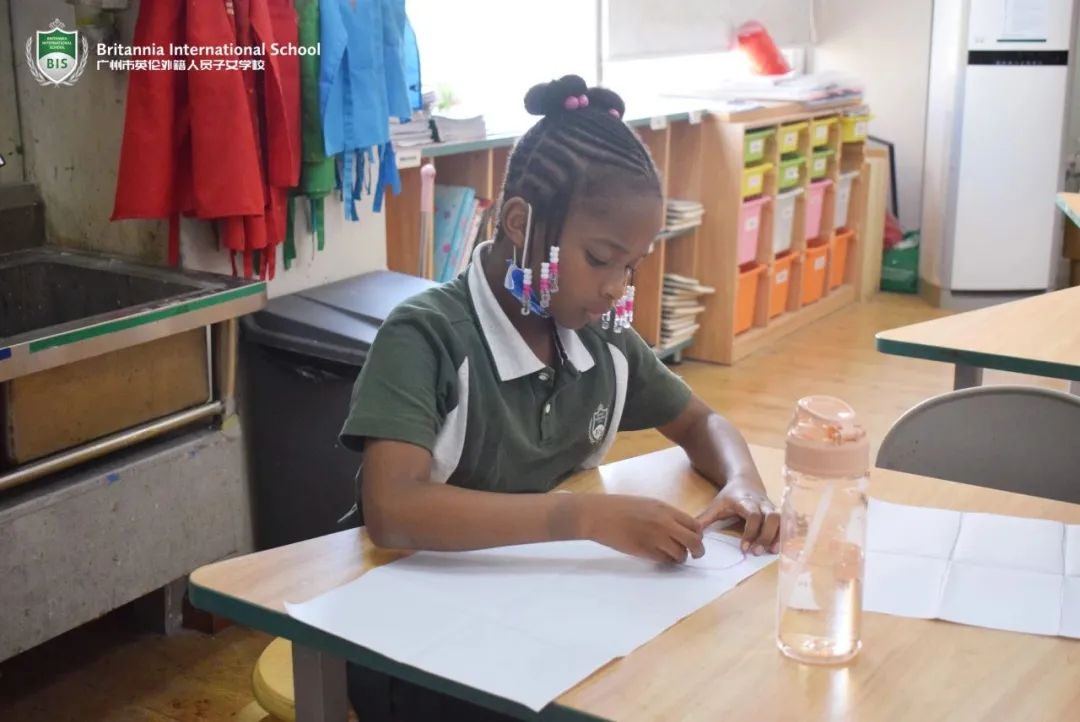
Year 10
In Year 10, the students learned to use the charcoal technique, observational drawing, and precise line tracing.
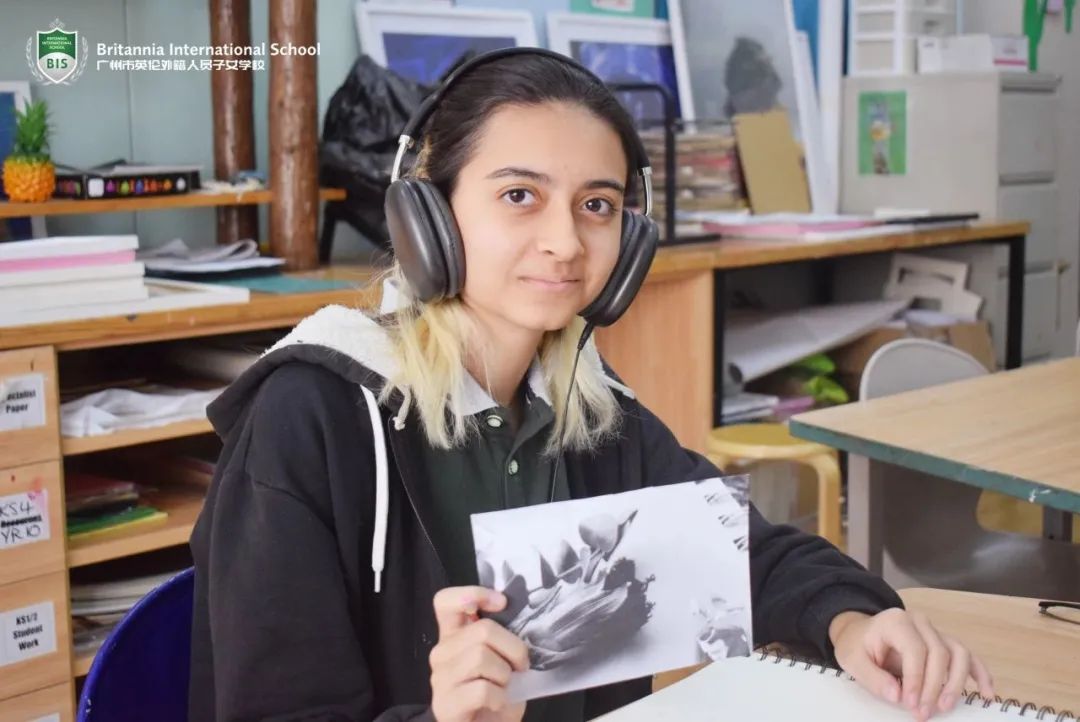
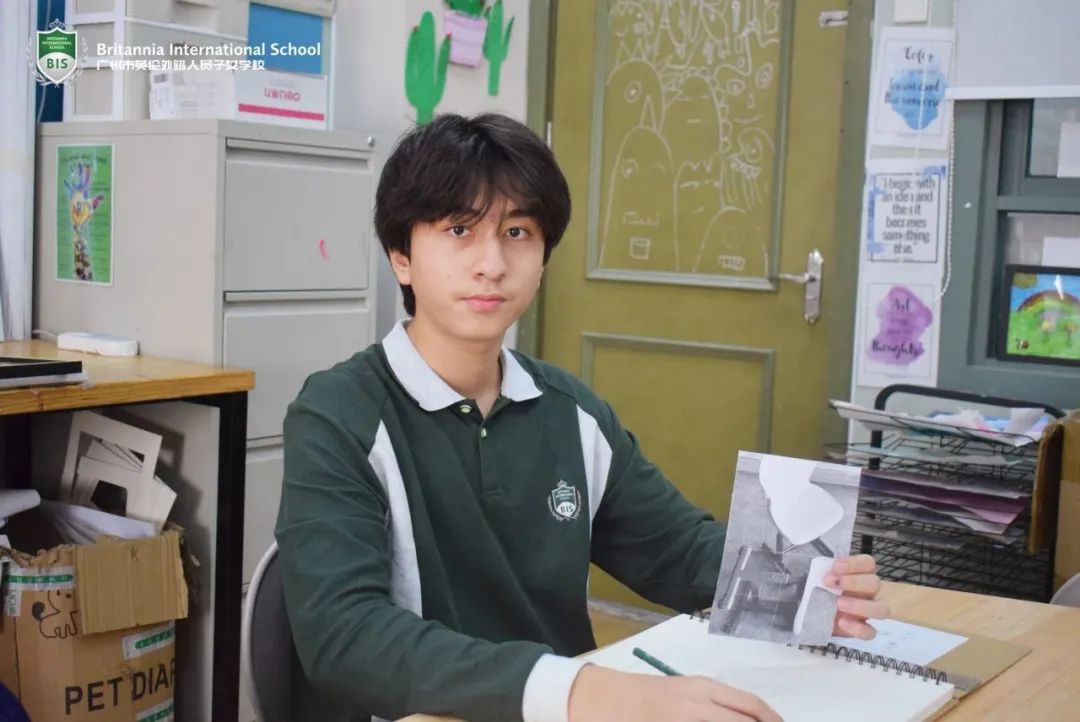
They are familiar with 2-3 different painting techniques, starting to record the ideas, having their own observations and insights relevant to intentions as their work progresses is the main target with this semester of study in this course.
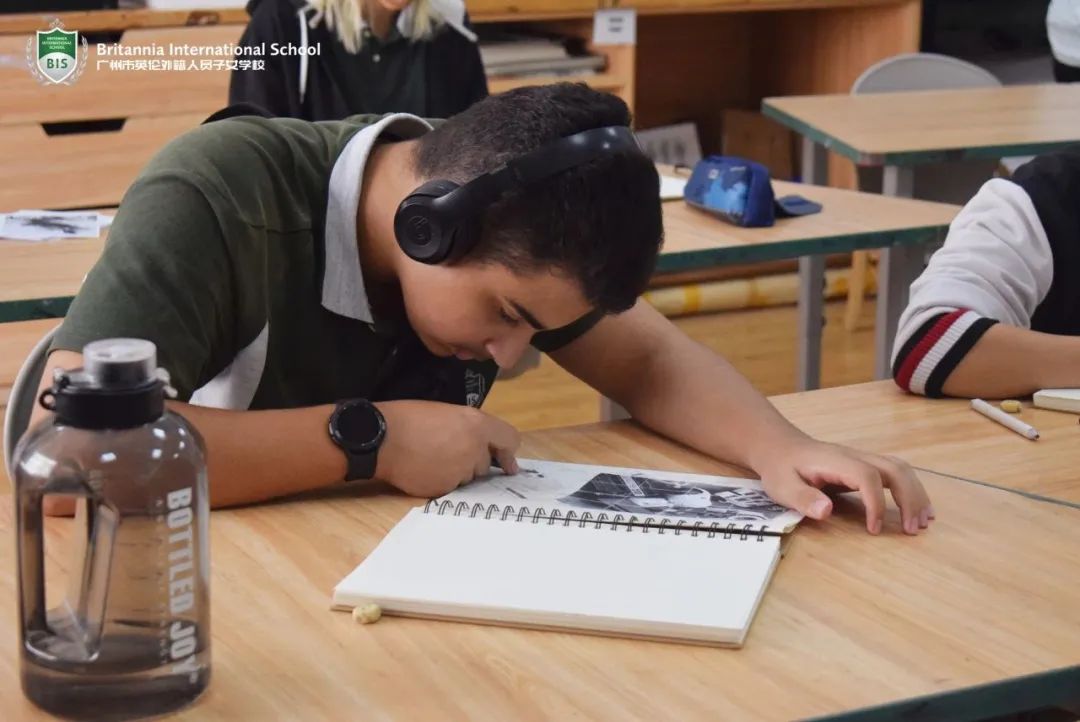
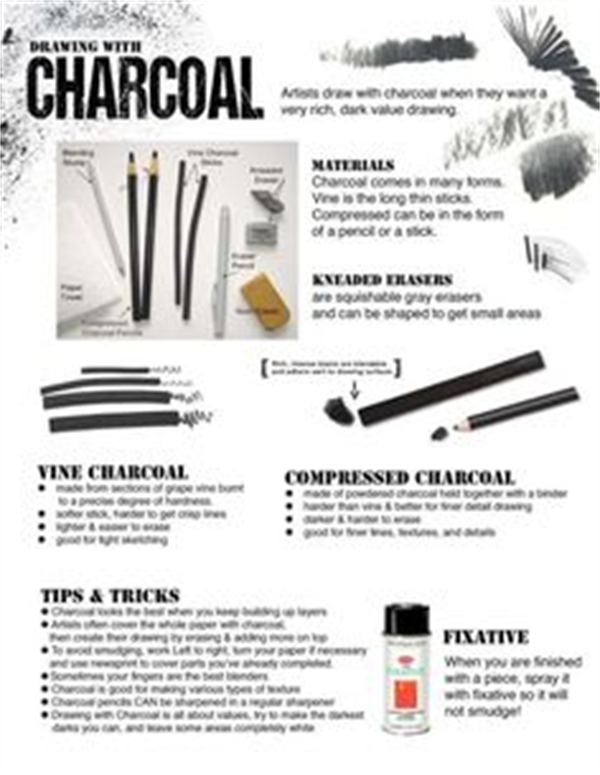
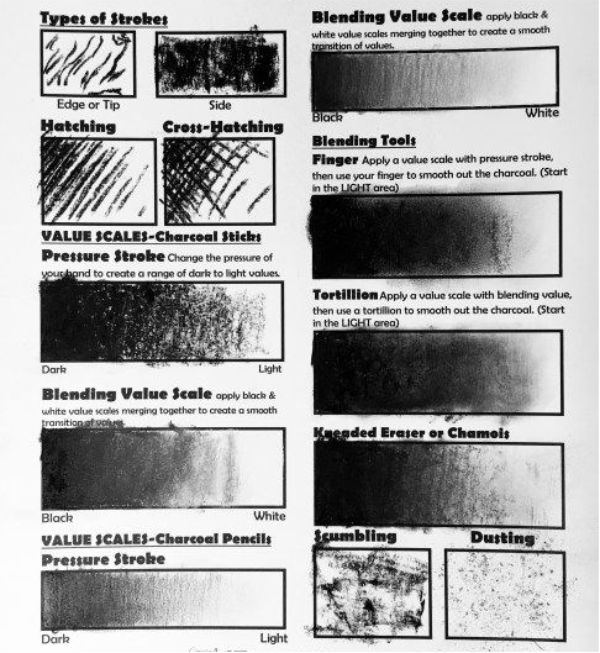
Post time: Nov-17-2023







